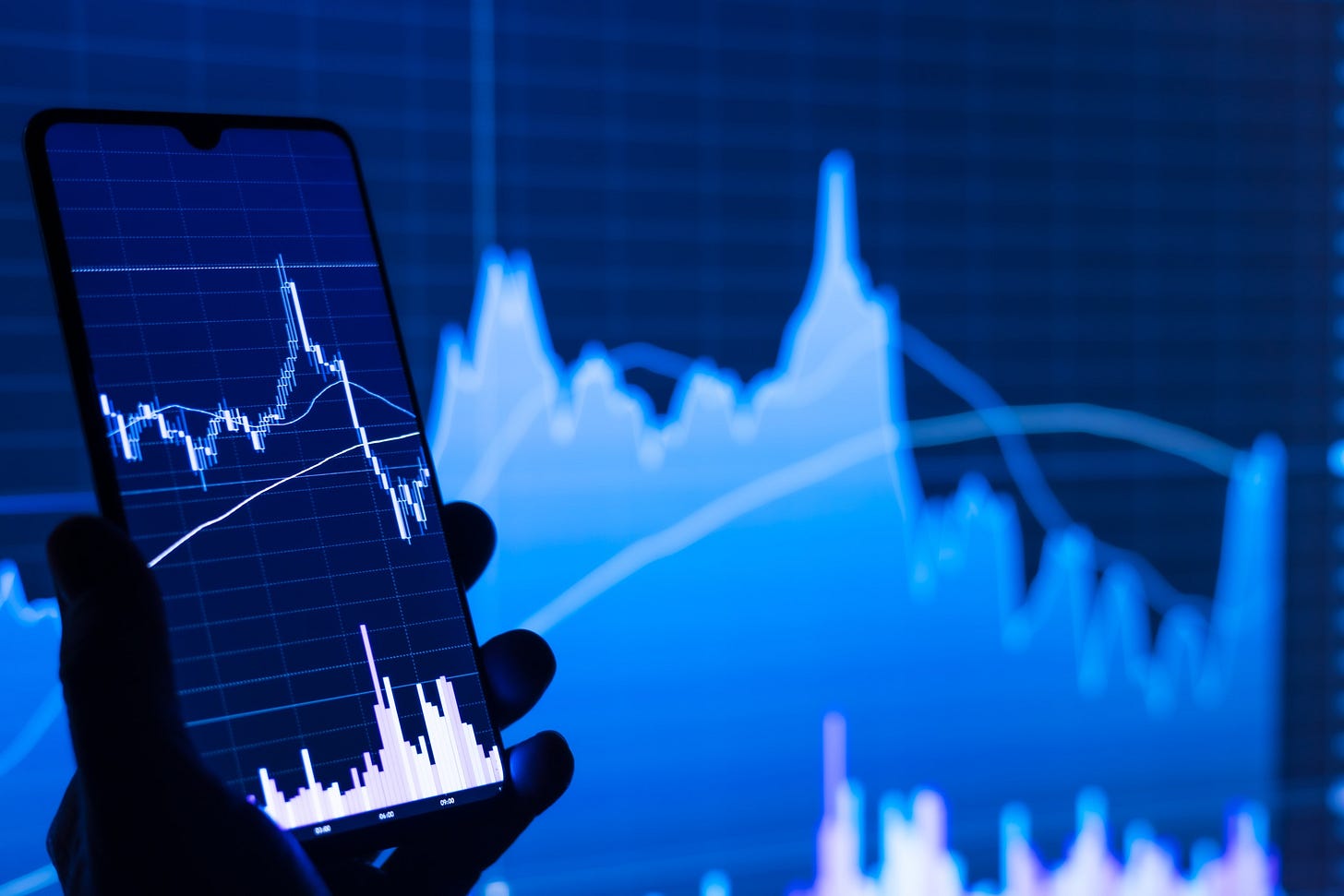Is It FINALLY Time to Buy?
Has the market bottomed? Or is this another false dawn?
We’re now past the midway point of 2022. If you’ve been seeing red in your portfolio, you’re in the same boat as most.
We’ve had an absolutely savage first 6 months of 2022 in the stock market. In fact, this is one of the worst 6 month period in stock market history.
Let’s take a look at the S&P 500 rolling 6 month returns, from 1926 to 2022.
The period ending June 30, 2022 ranks in the worst 3% of all 6 month returns since 1926.
These are the other times where the 6 month performance was worse than what we’re seeing now:
Great Depression
1937 crash
World War 2
1970s bear market
Bursting of the dot-com bubble
2008 crash
Holding bonds provided scant consolation. If you held bonds as a hedge for stocks, you’d be sorely disappointed.
Like stocks, bonds experienced of their worst 6 month runs. 5 year treasuries were down 6.4% on the year. The 5 year government bonds recorded a loss of 7.4% through May 31, 2022. This was the second-worst 6 month return in history (the worst being the 8% loss in early 1980).
It comes as no surprise that the 60/40 stock-bond portfolio had one of its worst 6 month returns. 98% of the time, the returns from the 60-40 stock-bond portfolio would’ve been better than what we’ve had currently.
How Much Do You Demand From Your Investments?
As interest rates rise, the returns that we can get on risk-free assets are becoming more attractive.
For example, the Singapore Savings Bonds (SSB), an instrument backed by the Singapore Government, now gives an annualised 3% return, when held for 10 years. That’s a capital guaranteed 3% return.
Ironically, this makes it harder for us to find a good investment opportunity. The investment we make has to yield more than 3%, for it to be worthwhile. Be it 1% more, 2% more or 3% more, it all depends on your risk tolerance.
For me personally, I’d expect at least a 2% risk premium over the risk-free rate. If you’re a dividend investor, you need to find a dividend stock that pays at least a 5% dividend yield. If you’re a growth investor, you need a growth stock that can return at least 5% or more per year. In stocks, your capital is not guaranteed unlike in a risk-free asset.
What’s the opportunity cost of investing in Stock A vs. a risk-free asset like the SSB? Does the risk I’m taking compensate for the potential loss in capital?
Is Now The Time? Or Is There More Pain?
After the recent market decline, the expected returns are now higher than they were at the beginning of the year.
In the last 1 to 2 years, we’ve been seeing how easy it was for people to make money in the stock market. Not anymore. The enthusiasm has died down. This presents an excellent opportunity to dip your toes in the water. If you are one of those on the sidelines waiting to enter, now’s arguably a good a time as any other. By investing now, there’s a good chance you’ll be sitting on handsome profits years down the road.
Conclusion
True wealth is built during bear markets, especially if you have a long time horizon ahead. If you’ve been invested for 5 years or more, chances are you’ll be in profit, even after accounting for this market drawdown.
No one knows what will happen in the financial markets in the next 6 months, or even a year. What we do know, however, is that decades from now, the markets will be way higher than what they are today.





